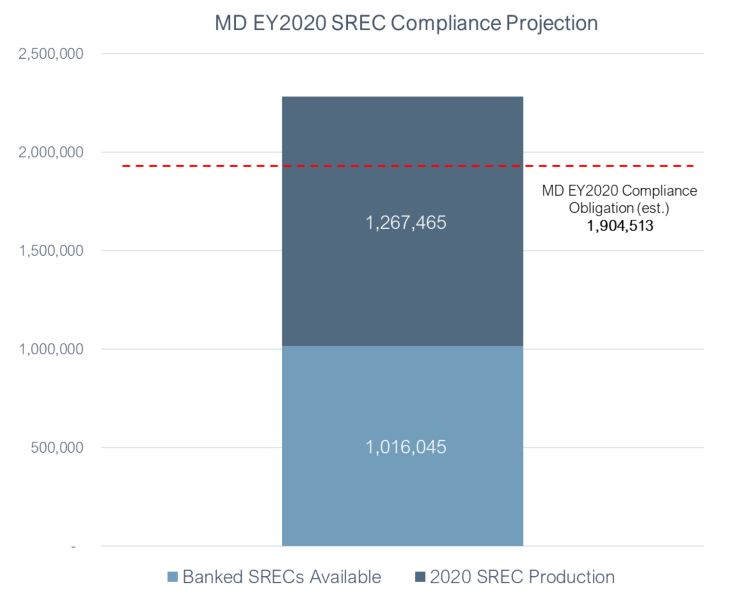There has been an update to Maryland’s renewable energy landscape: 2024 Senate Bill 783 – The Brighter Tomorrow Act. This new legislation will have a direct impact on SREC processing in 2025.
Key Highlights:
SREC Multiplier:
Starting January 1, 2025, a SREC multiplier will be implemented, adding a potential return of up to 1.5 times the market rate for Certified SRECs.
To qualify for this multiplier and Certified SREC status, solar projects must be placed in service between July 1, 2024, and January 1, 2028.
The multiplier will allow facilities to earn up to 1.5 times the value of the SREC pricing. Please note that this is not a guaranteed payout, but rather the potential for an increased price. Maryland SREC prices will likely not be 1.5x the Alternative Compliance Payment (ACP), but could go above the ACP.
Capacity Limits:
The first 300 MW AC of solar systems 20 kW and less are eligible for the multiplier.
The first 270 MW AC of solar 20 kW to 5 MW are eligible for the multiplier.
SREC Lifespan:
All SRECs will now have a 5-year lifespan, an increase from the current 3-year lifespan.
Additional Application Fees:
The Maryland Public Service Commission (PSC) will begin to collect application fees for all facilities. This includes applications for systems that are not eligible for the multiplier as well. Below is the fee structure that will be required:
$50.00 for systems 20kW or less.
$200.00 for systems greater than 20kW.
In addition to the application fees, there will be changes to the Maryland application submission process. As more information becomes available, we will provide additional details to our clients and partners.
As always, you may contact our support team if you have any questions.





